Henry Debosnys was a copyist
The woman killer Henry Debosnys became famous for his encrypted messages. However, he also left behind unencrypted documents, and blog reader Matthew Brown noticed something interesting about them.
In the spring of 1882, a man named Henry Debosnys appeared in Essex, New York. He was an educated aesthete and ladies’ man who spoke six languages, painted and wrote poetry. Debosnys quickly found a lover in the widow Elizabeth Wells, whom he married after a short time.
The case of Debosny
But just two months after the wedding, the newlywed was found dead – shot and with her throat cut.
Henry Debosnys was naturally the main suspect and was arrested. Already two previous wives of his had died under strange circumstances. Debosnys denied the crime. Nevertheless, the court sentenced him to death. In 1883 he was hanged.
During his imprisonment Debosnys produced numerous paintings, poems and texts. In addition, documents from his possession were delivered to him in prison. Four coded texts (cryptograms) were found in his estate. These have not been deciphered to this day. Here are some excerpts:
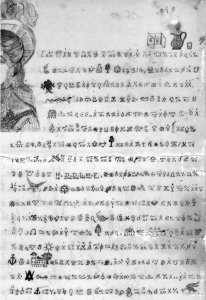
Quelle/Source: Quelle/Source: Collection of Brewster Memorial Library, Essex County Historical Society
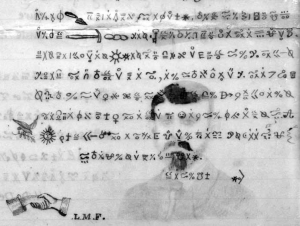
Quelle/Source: Quelle/Source: Collection of Brewster Memorial Library, Essex County Historical Society
Those who want to know more about the case should read the book “Adirondack Enigma” by Cheri L. Farnsworth.
Decorated with foreign feathers
Unfortunately, I can’t present any new findings on the Debosnys cryptograms today. Instead, blog reader Matthew Brown has found out something else interesting. Matthew is a computer game developer by profession and has been interested in cryptology for a good five years. At that time, Simon Singh’s book “Secret Messages” got him interested in the subject. In June 2021, I reported on how he solved the encrypted telegrams of Canada’s first prime minister.
Back in 2016, Olivia von Westernhagen had noticed that a Greek poem …
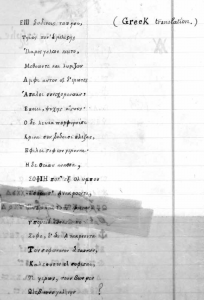
Quelle/Source: Quelle/Source: Collection of Brewster Memorial Library, Essex County Historical Society
… , which Debosnys has noted, originates from Thomas Moore (1779 – 1852). Norbert Biermann has provided some additional information on this.
Matthew has now discovered that almost all the other writings Debosnys left behind (most of which were probably written in prison) are not originals either – even if they are supposed to give this appearance.
One example is the poem “The City of the Death,” which Debosnys passed off as his own. In reality, however, as Matthew noted, it is pieced together from other poems (also by Thomas Moore). This can be seen in the following graphic by Matthew:
Debosnys also used templates at least in part for his paintings. For the picture of a young woman (above in the illustration) he apparently copied a drawing from “Petersen’s Magazine” (below in the illustration):
In the following two drawings (at the top of the illustration), it is also hard to miss the prototype (at the bottom of the illustration):
You can read more in this PDF, which Matthew was kind enough to share with me.
Interested in poetry, but not a poet?
Now, of course, it’s not illegal to process other writers’ poems and paint off other artists’ images. Still, Matthew’s findings are very revealing. For one thing, they suggest that Debosnys was nowhere near as creative as one might suspect. To call him a painter and a poet is probably an exaggeration. Perhaps he posed as an artist while adorning himself with other people’s feathers, but that is speculation.
Perhaps Matthew’s research will even provide new approaches to the so far unsuccessful deciphering efforts. Since pretty much everything unencrypted that Debosnys left behind was written by other authors, the encrypted texts could also be based on extraneous material. Perhaps my readers will be able to identify one or the other text, and perhaps someone will be able to crack the encryption as a result. I gladly accept hints for this.
If you want to add a comment, you need to add it to the German version here.
Follow @KlausSchmeh
Further reading: The Henry Debosnys Murder Case FAQ
Linkedin: https://www.linkedin.com/groups/13501820
Facebook: https://www.facebook.com/groups/763282653806483/

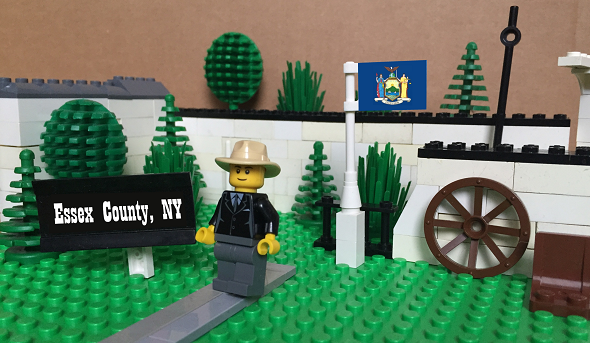
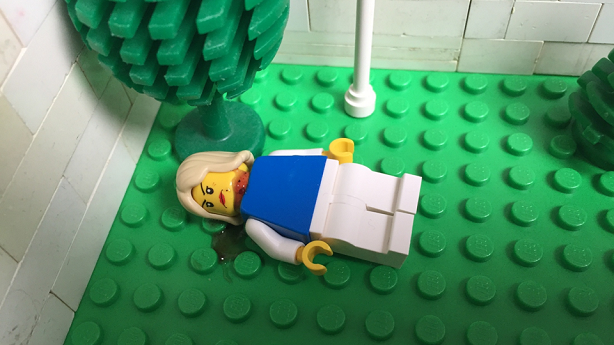
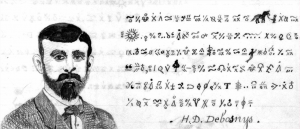
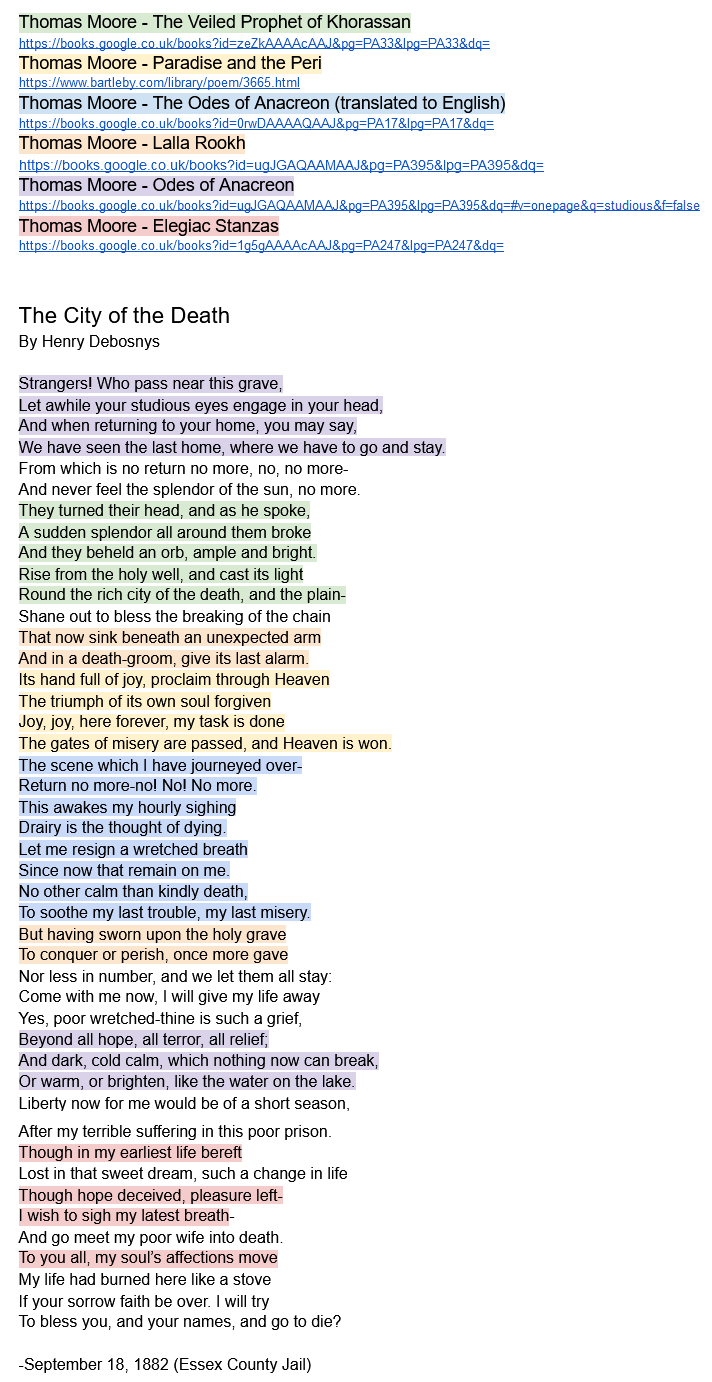
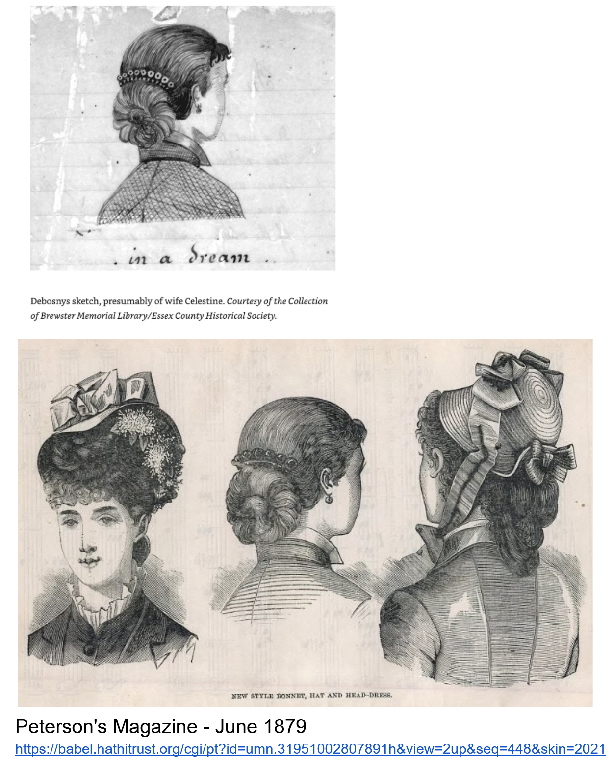
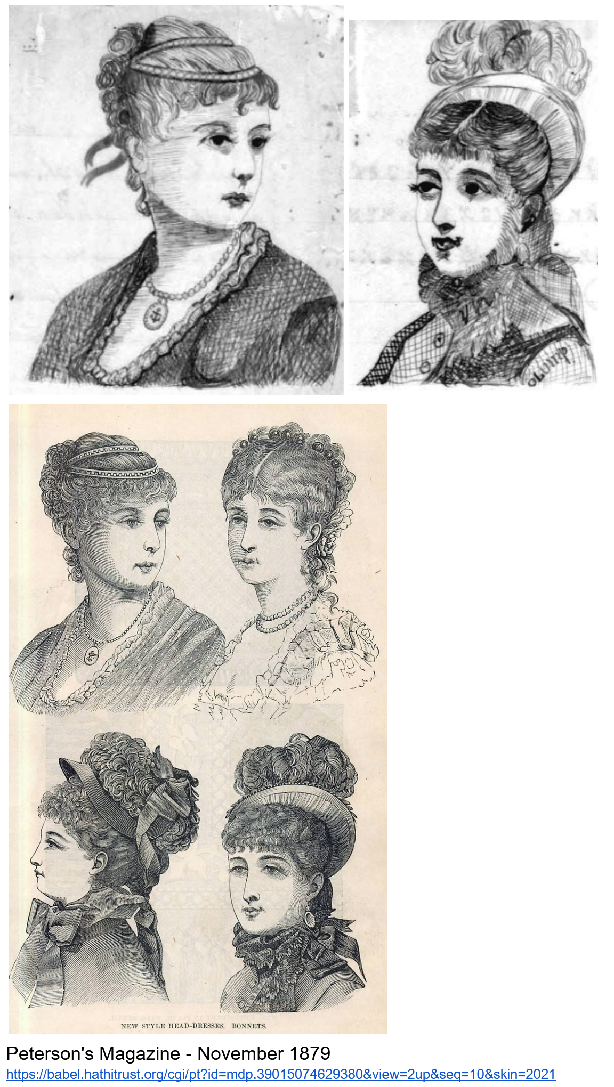

Letzte Kommentare